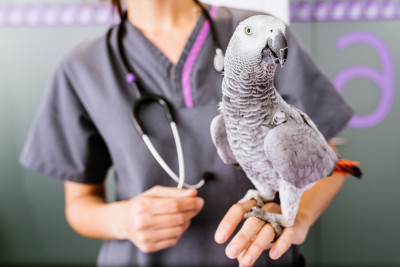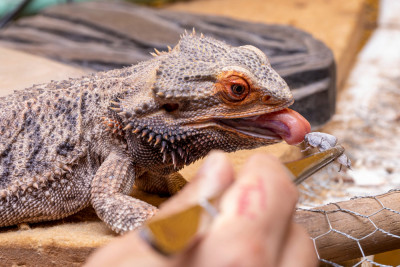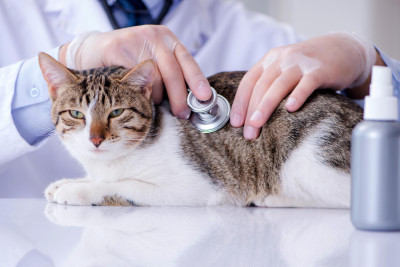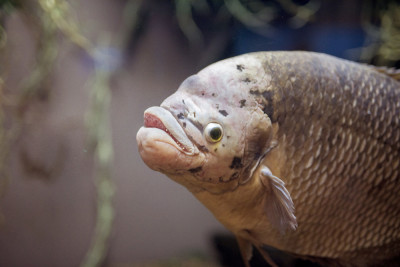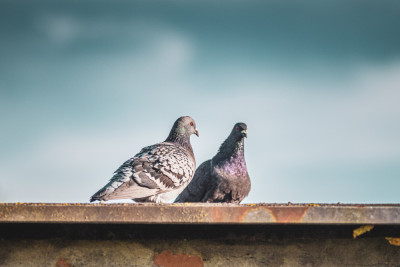1. Avian Respiratory Infections
Avian respiratory infections are prevalent among birds, especially in crowded or stressful environments. These infections can be caused by bacteria, viruses, or fungi. Common symptoms include:
- Sneezing or coughing
- Nasal discharge
- Labored breathing
- Loss of appetite
- Reduced activity
Prevention: Maintain proper hygiene in cages or aviaries, provide good ventilation, and isolate sick birds from healthy ones.
2. Psittacosis (Parrot Fever)
Psittacosis, also known as parrot fever, is a zoonotic disease that can affect both birds and humans. Symptoms in birds may include:
- Lethargy
- Weight loss
- Difficulty breathing
- Eye and nasal discharge
- Greenish droppings
Prevention: Regular veterinary check-ups, quarantine new birds, and practice good hygiene when handling birds to prevent the spread of the disease to humans.
3. Gastrointestinal Issues
Gastrointestinal problems, such as diarrhea, are common in birds and can result from various factors, including diet, parasites, or infections. Symptoms may include:
- Watery or discolored droppings
- Weight loss
- Lethargy
- Loss of appetite
Prevention: Provide a balanced diet, avoid contaminated food and water sources, and ensure a clean living environment.
4. Feather Disorders
Feather disorders can manifest in various ways, such as feather plucking, mutilation, or poor feather quality. These issues can be caused by stress, nutritional deficiencies, or underlying health problems.
Prevention: Offer a balanced diet with proper nutrients, provide mental and physical stimulation, and identify and address any sources of stress.
5. Egg-Laying Issues
Female birds may experience egg-laying issues, including egg binding (inability to lay an egg) or chronic egg-laying. Symptoms may include:
- Distressed vocalizations
- Fluffed feathers
- Swelling in the abdomen
- Loss of appetite
Prevention: Provide a suitable nesting environment, regulate light exposure, and ensure a balanced diet to reduce the risk of excessive egg-laying.
6. Mites and Parasites
External parasites like mites can infest a bird's feathers and skin, causing irritation and discomfort. Symptoms may include:
- Feather loss
- Scratching or itching
- Restlessness
- Skin redness or lesions
Prevention: Maintain good hygiene, regularly clean cages and perches, and provide a suitable dust bath for birds that require it.
7. Beak and Nail Disorders
Beak and nail disorders can result from overgrowth, injury, or nutritional deficiencies. Symptoms may include:
- Overgrown beak or nails
- Difficulty eating or gripping perches
- Swelling or bleeding
Prevention: Provide appropriate perches and toys for natural beak and nail maintenance, and consult a veterinarian for regular grooming if needed.
Conclusion
Understanding common bird illnesses and their prevention measures is essential for promoting the health and well-being of our feathered companions. Regular veterinary check-ups, a balanced diet, proper hygiene, and a stress-free environment are key factors in keeping birds healthy. If you suspect that your bird is unwell or displaying any concerning symptoms, consult an avian veterinarian promptly to ensure early diagnosis and appropriate treatment. By prioritizing the health of our avian friends, we can help them lead long, happy lives.

